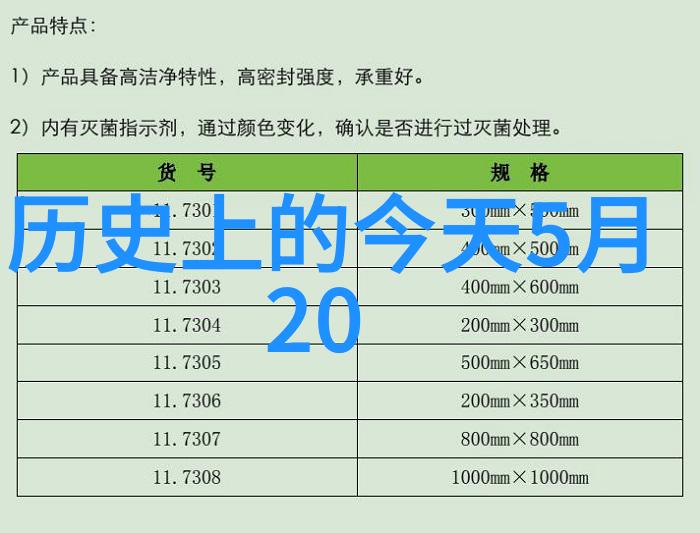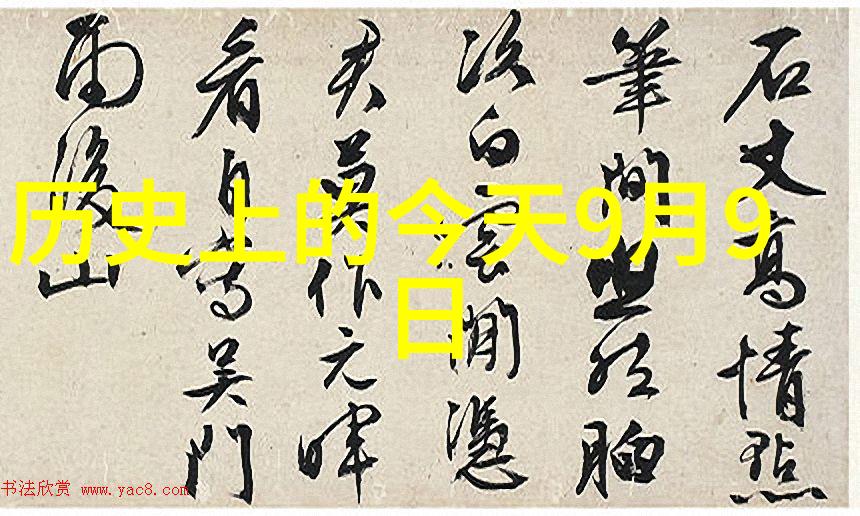一、制度由来

在英国的统治中,有着绝对的行政权力的不是国王而是首相,首相是英国政府首脑,是代表英国王室和民众执掌国家行政权力的最员。英国内阁的首脑。按惯例由英王任命议会多数党领袖担任。英国确立君主立宪制后,1714年德意志汉诺威选举乔治一世继承英国王位。他因不懂英语,不谙英国国务,1717年起停止参加内阁会议。
1714年,安妮女王驾崩无嗣,在乔治一世前面还有五十位血缘关系和安妮女王更接近的贵族,但他们都是天主,不能继承英国王位,乔治一世则是血缘和安妮女王最接近的新贵族,所以根据1714年的遗嘱继承了Britain’s throne,称为George the First, becoming the first king of the Hanoverian dynasty. He appointed a Whig leader, Robert Walpole, as his chief minister and commander-in-chief of British forces in Europe. Walpole was effectively the first Prime Minister of Britain but held no formal title until 1721.

二、名称由来
The office of Prime Minister was not formally established until 1783 when William Pitt became known as "Prime Minister" after being appointed Chancellor of the Exchequer by King George III. The term "First Lord of the Treasury" remained more common for several decades before eventually falling out of use.

三、首相的地位与权力
As head of government and de facto head of state, the Prime Minister is responsible for appointing members to key positions within their Cabinet and other government departments. They also have significant influence over parliamentary business and can advise or instruct ministers on matters related to their portfolios. Additionally, they are often seen as representing Britain's interests abroad while serving as an important symbol for national identity at home.

In conclusion, from 1949 to 2020: The Evolution & Continuation Of Power In British Premiership




